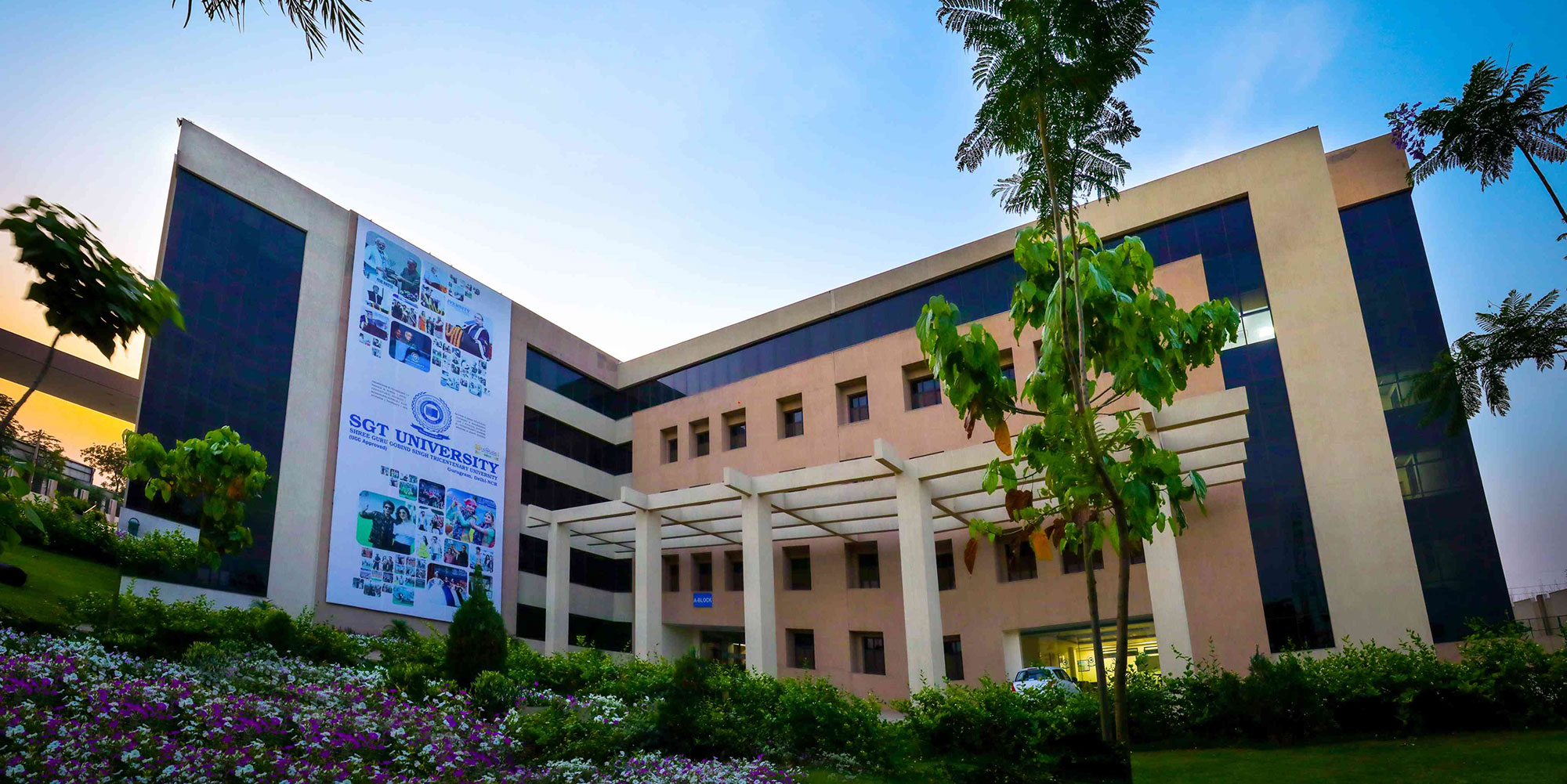Exploring Emerging Trends in Special Education: Navigating the Future of Inclusive Learning
Updated on: May 09, 2024
Introduction
Special education has evolved significantly over the years, moving beyond traditional approaches to embrace innovative strategies that cater to the diverse needs of learners. As we step into a new era, it's crucial to examine the latest trends shaping the field of special education. In this blog post, we'll delve into the dynamic landscape of inclusive learning, exploring cutting-edge practices and technologies that are revolutionizing the way we support individuals with unique learning requirements.
Inclusive Technology: A Game-Changer
One of the most prominent trends in special education is the integration of inclusive technologies. From assistive devices to specialized software, technology is transforming the learning experience for students with diverse abilities. Augmented reality (AR) and virtual reality (VR) are being employed to create immersive and engaging learning environments that cater to various learning styles.
Moreover, adaptive learning platforms use artificial intelligence to personalize lessons, adjusting content based on individual progress and needs. This ensures that each student receives a customized educational experience, fostering a more inclusive and supportive learning environment.
Universal Design for Learning (UDL): Personalizing Education for All
The concept of Universal Design for Learning (UDL) is gaining momentum as a framework that emphasizes creating flexible learning environments. UDL aims to provide a variety of means for students to access information, engage with content, and demonstrate their understanding. By acknowledging and addressing the diverse needs of learners from the outset, educators can design lessons that are more inclusive and accessible to everyone.
UDL focuses on three key principles: multiple means of representation, multiple means of action and expression, and multiple means of engagement. This approach allows educators to cater to the diverse needs of students, including those with disabilities, fostering an inclusive and supportive learning atmosphere.
Social-Emotional Learning (SEL): Nurturing Holistic Development
Recognizing the importance of social and emotional skills in overall development, special education is increasingly incorporating Social-Emotional Learning (SEL) into its curriculum. SEL programs focus on developing skills such as self-awareness, self-regulation, empathy, and interpersonal relationships. These skills are essential not only for academic success but also for navigating life beyond the classroom.
In special education, SEL plays a vital role in supporting the emotional well-being of students with diverse needs. By fostering a positive and inclusive social environment, educators can contribute to the holistic development of learners, enhancing their overall quality of life.
Collaborative Teaching Models: Bridging Gaps in Education
Collaborative teaching models bring together general education and special education teachers to provide a more comprehensive and inclusive learning experience. This approach promotes teamwork, allowing educators to pool their expertise and resources to meet the diverse needs of students. By fostering collaboration, schools can create a more supportive environment for learners with unique requirements.
Inclusive classrooms benefit not only students with disabilities but also those without. The exchange of ideas and teaching methods between general and special education teachers contributes to a richer educational experience for all students, preparing them for a more inclusive society.
Transition Planning: Preparing for Life Beyond School
Transition planning has become a crucial aspect of special education, focusing on preparing students for life beyond the classroom. This involves developing strategies to ease the transition from school to employment, higher education, or independent living for individuals with diverse abilities.
Educators, along with parents and support professionals, collaborate to create personalized transition plans that address the unique needs and aspirations of each student. This proactive approach ensures that students are equipped with the skills and resources they need to navigate the challenges of adulthood successfully.
Culturally Responsive Teaching: Embracing Diversity
In the realm of special education, acknowledging and respecting cultural diversity is gaining prominence. Culturally responsive teaching involves recognizing and valuing the cultural backgrounds of students and incorporating this awareness into instructional practices.
By embracing diversity, educators can create a more inclusive learning environment where students from various cultural backgrounds feel seen and understood. This approach not only enhances the overall educational experience but also contributes to breaking down barriers and promoting equity in special education.
Conclusion
As we navigate the ever-evolving landscape of special education, it's evident that the field is embracing innovative trends to create more inclusive, supportive, and effective learning environments. From the integration of inclusive technologies to the emphasis on Universal Design for Learning, the future of special education holds great promise.
By staying informed about these emerging trends, educators, parents, and policymakers can collaborate to ensure that individuals with diverse learning needs receive the best possible education. As we strive for a more inclusive society, the evolution of special education remains a cornerstone in our collective journey towards educational equity and opportunity for all.
Ms. Priyanka Yadav
Assistant Professor
Department of Special Education
Faculty of Education
SGT University, Gurugram

